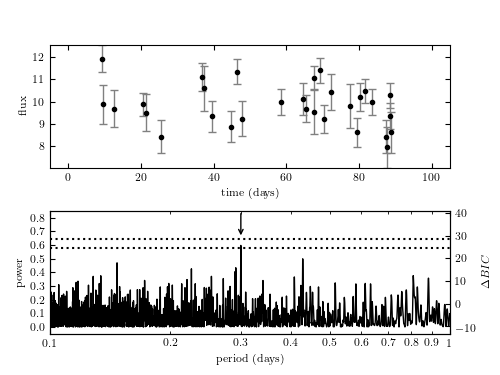Conda: Myths and Misconceptions
I've spent much of the last decade using Python for my research, teaching Python tools to other scientists and developers, and developing Python tools for efficient data manipulation, scientific and statistical computation, and visualization. The Python-for-data landscape has changed immensely since I first installed NumPy and SciPy from via a flickering CRT display. Among the new developments since those early days, the one with perhaps the broadest impact on my daily work has been the introduction of conda, the open-source cross-platform package manager first released in 2012.
In the four years since its initial release, many words have been spilt introducing conda and espousing its merits, but one thing I have consistently noticed is the number of misconceptions that seem to remain in the (often fervent) discussions surrounding this tool. I hope in this post to do a small part in putting these myths and misconceptions to rest.
